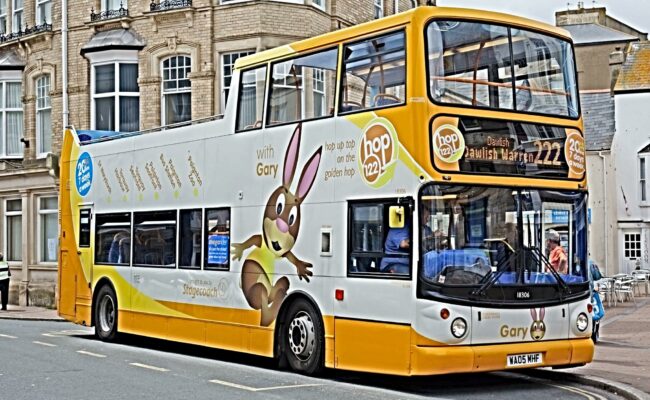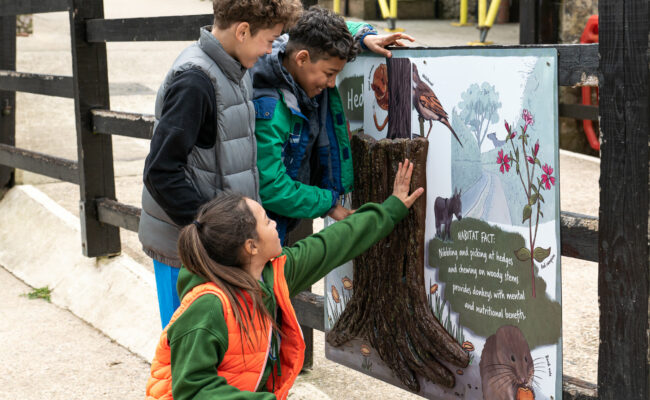Some of Devon’s most unique and unusual treasures can be found at Devon’s Top Attractions!
Devon is a beautiful county with a wealth of special places from vibrant towns and cities to historic coastal villages, wild moorland and stunning scenery. Surprisingly, tucked away in some of Devon’s most popular, most visited tourist attractions are a collection of treasures you won’t want to miss.
Below are just a few of the hidden gems than can be found at some of Devon’s top visitor attractions across our fabulous county including:
World of Country are the keepers of a mid 19th century Stagecoach carriage that took passengers from Exeter railway station and picked people up from the Exeter inns to take them to Exmouth seaside town.
In the mid-19th Century Exeter opened its first Brunel designed train station this meant transport was needed to bring people into Exmouth, a thriving seaside holiday town. This particular Stagecoach picked up passengers from the Exeter Inns, travelling through Topsham into Exmouth. This stagecoach was operated by the White Heart Inn, South Street Exeter, the Inn is still open today.
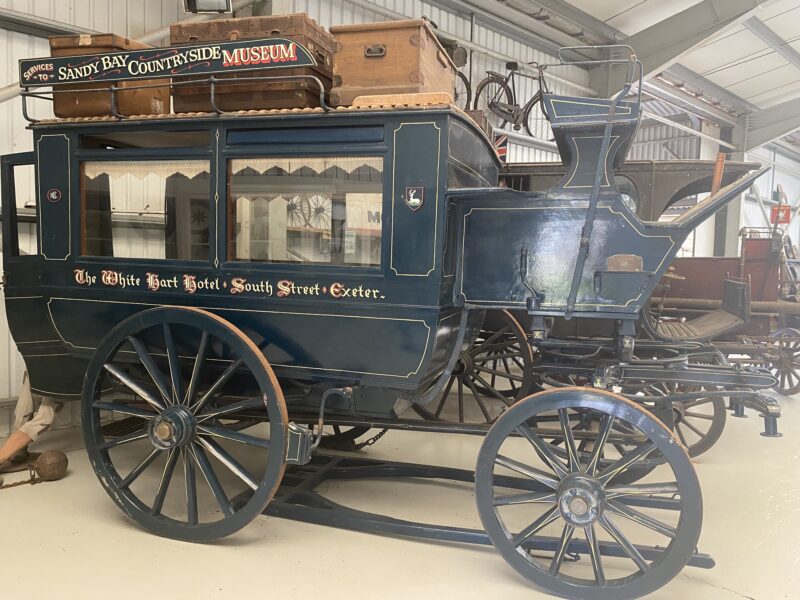
The Big Sheep have one of the world’s rarest trees a Metasequoia Glyptostoboides. This tree was thought to have died out over 3 million years ago but one of the trees was discovered in a small village close to the Yangtse in China. Seeds were taken and sent to botanical gardens around the world and in 2007 a botanist planted one at Big Sheep.
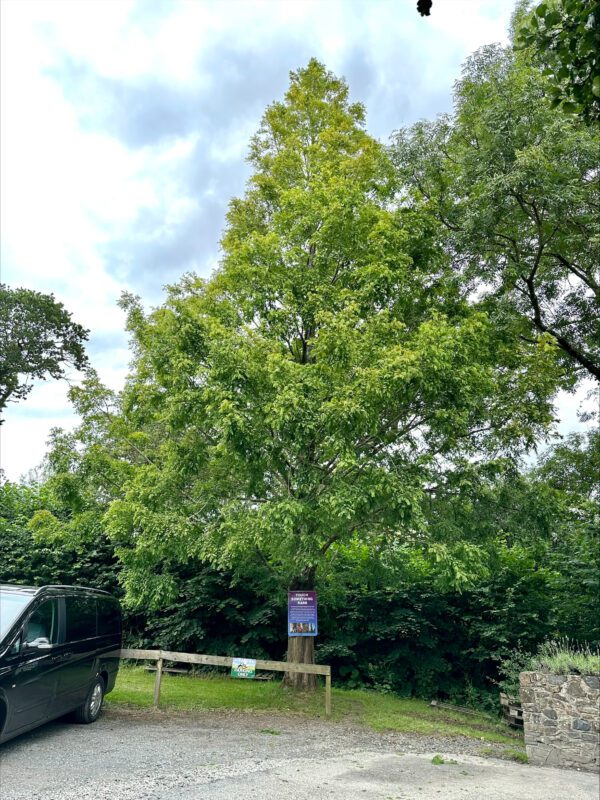
Haldon Forest Park has Devon’s only Gruffalo sculpture – he is tucked away next to the play area at the end of their family-friendly Discovery Trail which winds through the deep, dark wood. Also, the Haldon Park Run is Devon’s highest altitude (253m above sea level). People need to be registered with Parkrun to take part but all holidaying park runners are warmly invited to join the challenge.
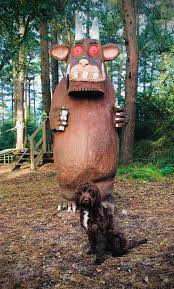
Milky Way – The coaster element of the Ziggy’s Blast Quest interactive ride is the only chain driven version of the Batflyer ride (manufactured by Caripro) in operation in the world. As such they are regularly visited by coaster enthusiasts from around the world who want to ride it as it gets them extra credits!… They also have a collection of Star Wars memorabilia which is one of the biggest on display in the UK. It is one man’s private collection and includes a number of rare collectors’ pieces.

Blackpool Sands – In 1404 a force of French knights and soldiers landed on Slapton Sands with the intent of attacking Dartmouth from the rear. They were met by a hastily assembled militia at Blackpool or as it’s now known Blackpool Sands and thoroughly beaten. The 1404 Battle of Blackpool is depicted on one of their information boards, currently being renewed, so not installed on its stand at the moment.
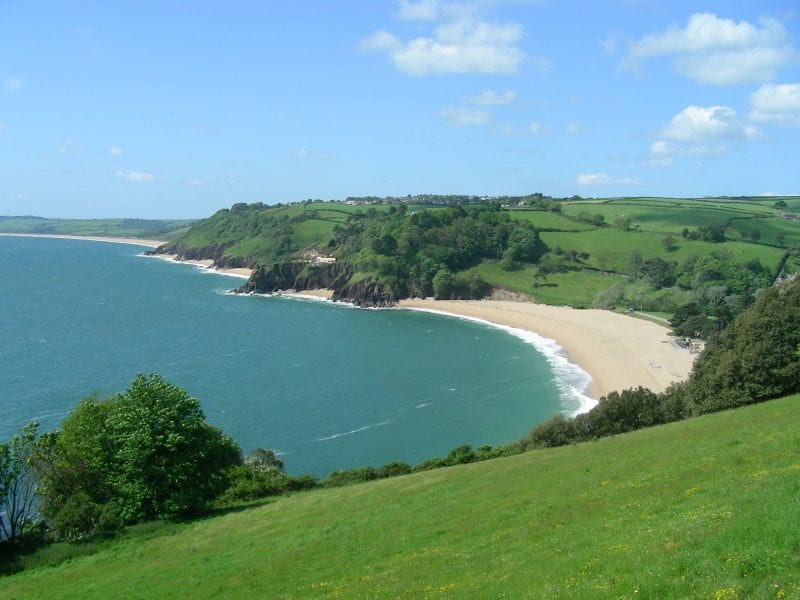
Pennywell Farm is the original home of the Micro/teacup/pocket/ Miniature Pigs or better known as the Pennywell Miniature Pig. They started breeding them back in 1992 before they later shot to international stardom.
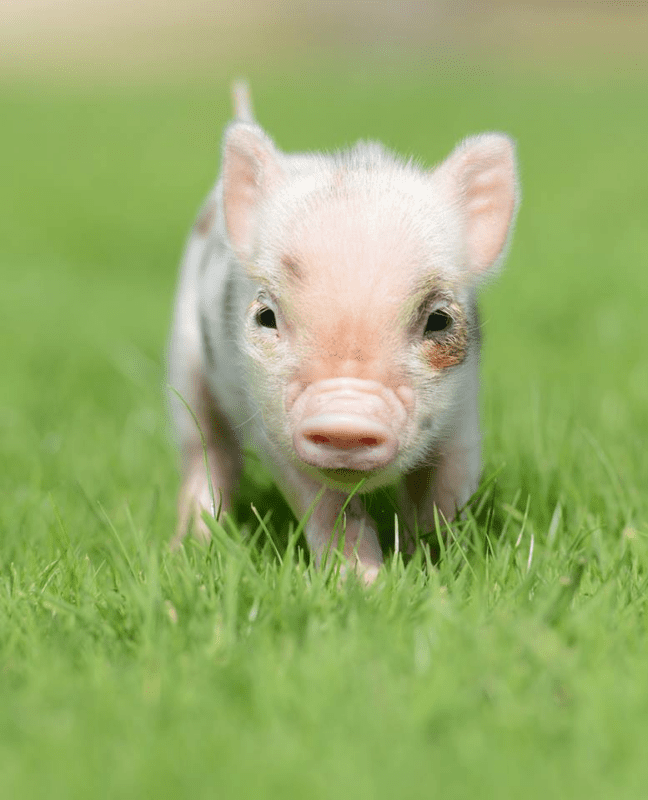
At Diggerland Devon, they have a Combat Engineering Tractor. Only seven were ever built and they have 5 of them, one at each Diggerland park, plus their Head Office in Kent. This incredible vehicle is a Combat Engineering Tractor (CET). Seven prototypes of this machine were built in 1974 and after extensive trials and various modifications carried out by the British Army, this lightly armoured vehicle went into production at the Royal Ordnance Factory, Leeds in 1977. The CET is a tracked and armoured amphibious fighting vehicle! Used by the Royal Engineers, this versatile machine is used for ground preparation for bridge construction. As well as clearing obstacles, preparing riverbanks for vehicle crossings, digging pits, constructing earthen barriers and recovering other vehicles that have become stuck or damaged.
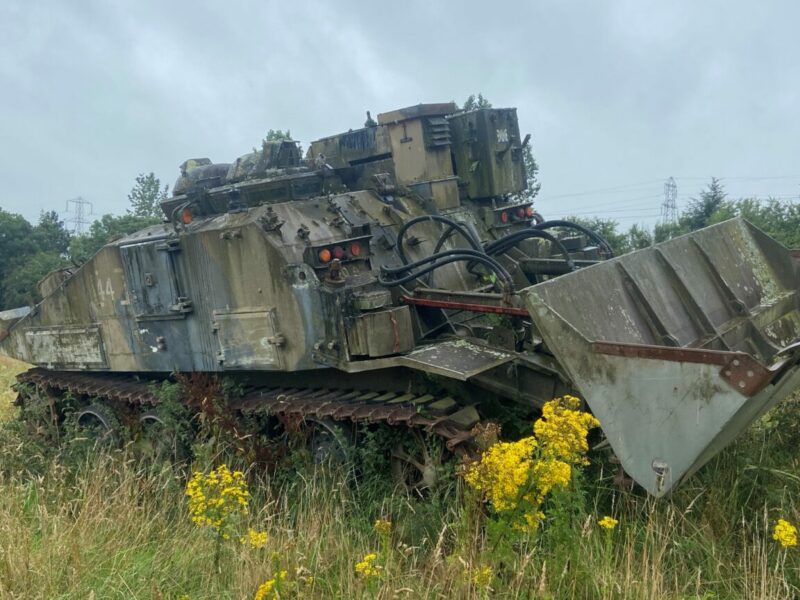
The Donkey Sanctuary is home to four wonderful Poitou donkeys that are a very rare breed. The Poitou donkey breed originates from the Poitou region of France, about 300 miles south-west of Paris, and has a thick, matted and tangled coat and are some of our visitor’s favourites at the sanctuary. The adult male Poitou is called a baudet (pronounced ‘bo-day’) and stands at 142-152 cm, while the Poitou mare is called an ânesse and is about one hand lower. Only 20 years ago the Poitou donkey faced extinction. Thanks to the resolve of local and national associations to meet this challenge, to support received from other regions in France and from abroad, and finally to the policy of la SABAUD and the dedication of its officers, this ancient breed has been saved. Their group of Poitou donkeys, including adoption donkey; Percy, can be seen at the sanctuary all year round at Buffalo Barn.
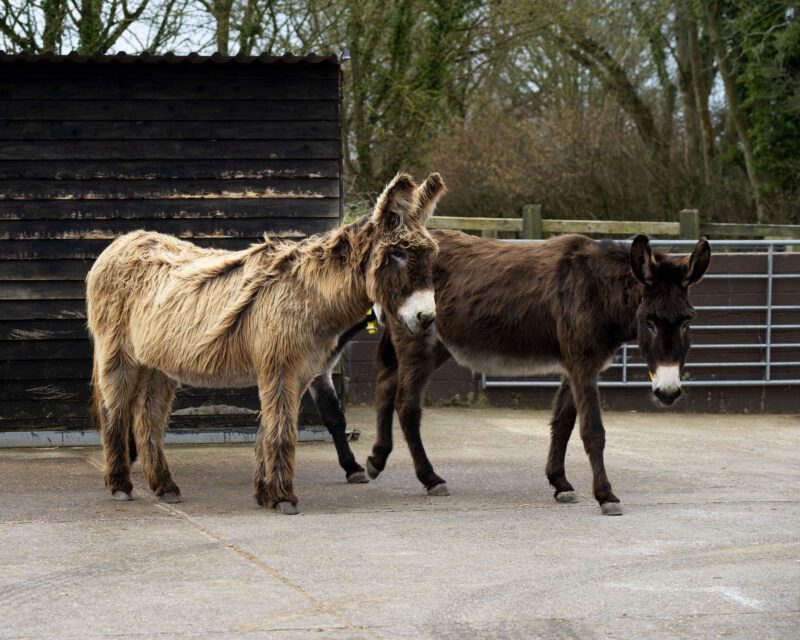
South Devon Railway – In the museum at Buckfastleigh Station there is a steam locomotive called “Tiny”, it was built by Sara & Co in 1868. This vertical boilered locomotive is unique as it is the only surviving locomotive built to Brunel’s broad gauge of 7′ 0 1/4″ of the hundreds that ran on the GWR before the broad gauge was abandoned in favour of Stephenson’s narrow (or standard) gauge in May 1892.
It was used on the Sutton Harbour Branch in Plymouth and was later given GWR No. 2180 in 1876 when the original South Devon Railway was amalgamated with the Great Western Railway.
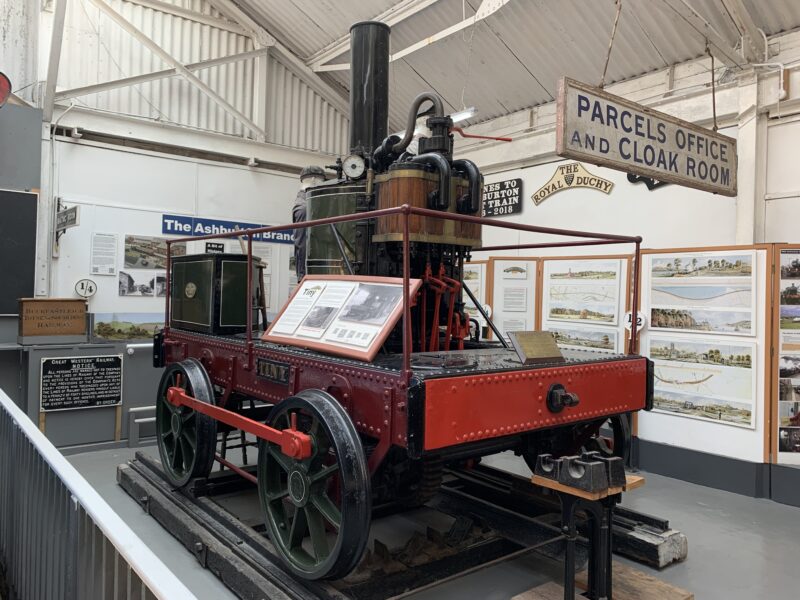
Stuart Line Cruises – The Jurassic Coast is England’s only natural UNESCO World Heritage Site and it is only from the perspective of the water that people can truly explore this site. After all, the Jurassic Coast refers to the rock formations found in the cliffs, not the cliff tops themselves!
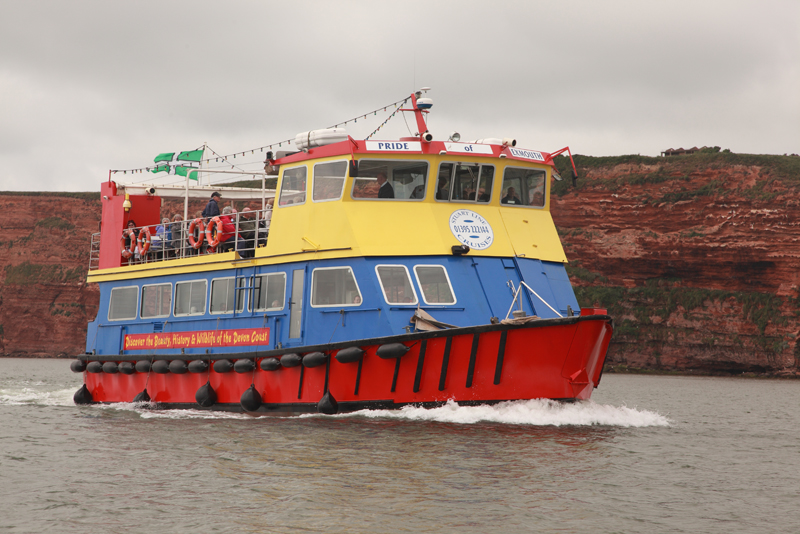
River Dart Country Park has dramatically reduced its Carbon Footprint by constructing their own hydro-electric generator using water from the river. This means they are self-sufficient for 8 months of the year and it reduces their electricity consumption in the busy summer months. The unique hydro-dynamic screw (the first in the UK) was a finalist in the South West Regen Awards 2007 and won the DEBI (Devon Environmental Business Initiative) Renewable Energy Award for 2007. In 2009 we won the prestigious BCE Environmental Award in the SME category in recognition of the work that we have put into reducing our carbon footprint. Their efforts continue to be recognised as finalist in the DEBI Low Carbon Business category in 2011 and Winner in the English Riviera & South Devon Tourism Awards for Sustainable Tourism. They’ve saved, from April 2007 until July 2013, over 1000 tons of carbon and have generated over 2,000,000 kWh of electricity worth in excess of £200,000 from their hydro.
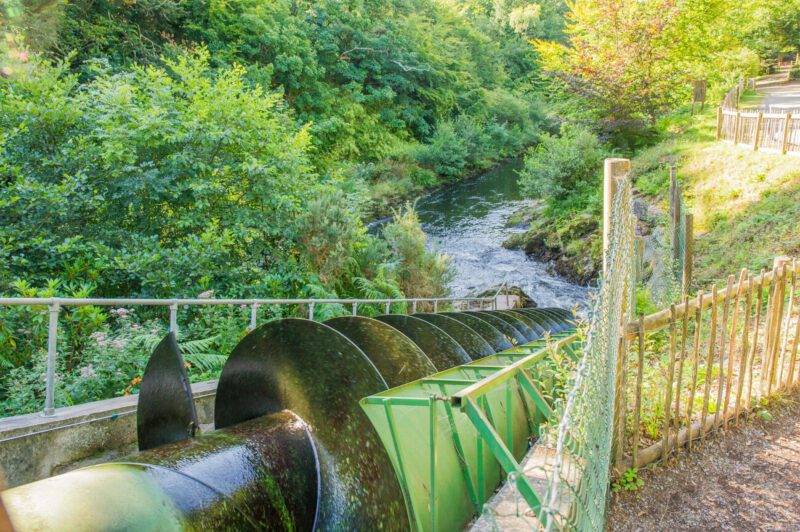
The Park is also surrounded by incredible tree life and they have champion trees dotted around the site. Some of the biggest trees in the UK! The Davey’s Elm located near the car park is the UK champion, standing at 100ft high tall with a girth of 18ft! The Lawson Cypress on our front lawn is the English champion for the variety. Standing at 105ft tall with a girth of 21ft! The Western Red Cedar located opposite The Old Sawmill cafe bar is also a UK Champion tree! 127ft high with a girth of 28ft!
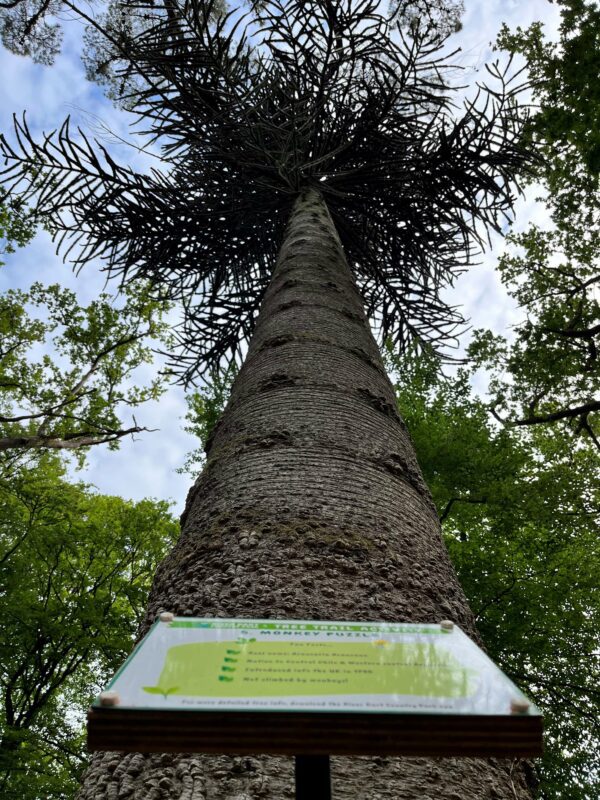
At Buckfast Abbey a fragment of the hair shirt of St Thomas More, who was beheaded on 6th July,1535 for treason against Henry V111, is to be found in the Holy Cross Chapel. The hair shirt made of rough cloth was worn next to the skin to encourage self control and to act as a penance for past sins. It also united the wearer with the suffering experienced by Jesus Christ. The subsequent history of the relic is well documented and it eventually passed to the Diocese of Plymouth. In 2011 Buckfast Abbey was asked to look after this relic so that it could be seen and venerated by members of the public. You will find it enclosed in a glass case built into the altar.
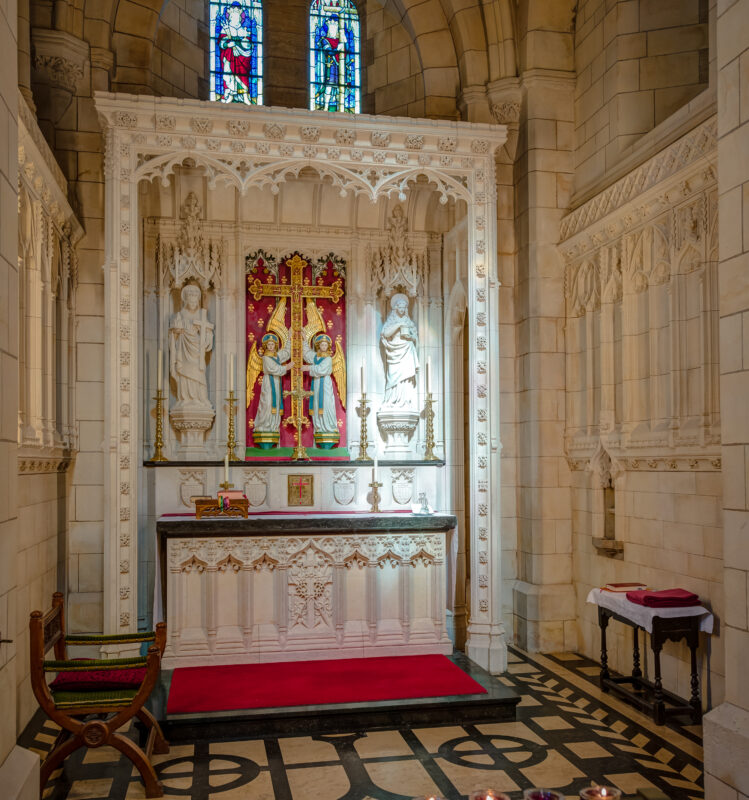
The statue of Our Lady, which is the focal point of the Lady Chapel, has a very special link to the original Abbey Church which fell into ruin after the Reformation. When the restoration of the Abbey commenced in the early 20th century a considerable portion of the original 14th century statue was discovered in a nearby wall. This fragment was from the knee downwards with its colouring and gilding so well preserved that, using this evidence and the image on the seal of the Medieval Buckfast Abbey, it was possible to recreate the statue and incorporate the lower half of the original within it.
St Mary’s Abbey, is the official dedication of Buckfast Abbey.
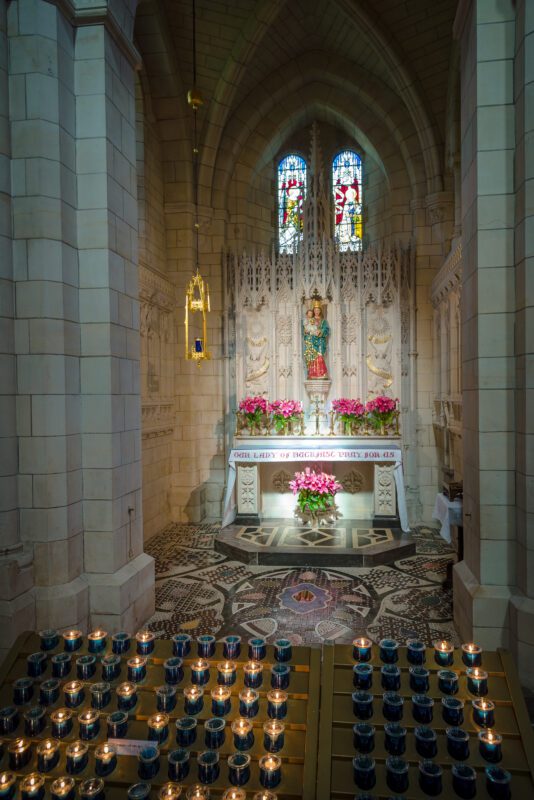
At Seaton Tramway they have the old Gents urinal at Colyford Station. The Historic Victorian Cast Iron Gents Toilet is the last surviving part of the old Steam Railway Station at Colyford. Now the Tram Halt, the old urinal is known to be one of the last surviving of its kind in England. Of course, it’s no longer in use!
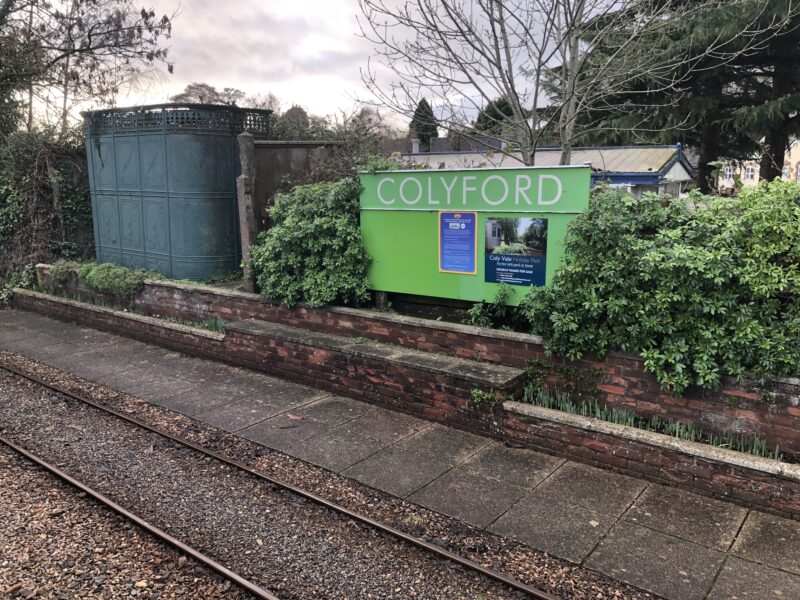
Babbacombe Model Village – did you know they have one of the world’s oldest and rarest trees here in their gardens? The Wollemi Pine belongs to a 200 million-year-old plant family. It was known from fossil records and presumed extinct until it was discovered in 1994 by a bush walker in the Wollemi National Park, just outside Australia’s largest city, Sydney. Dubbed the botanical find of the century, the Wollemi Pine is now the focus of extensive research to conserve this ancient species.
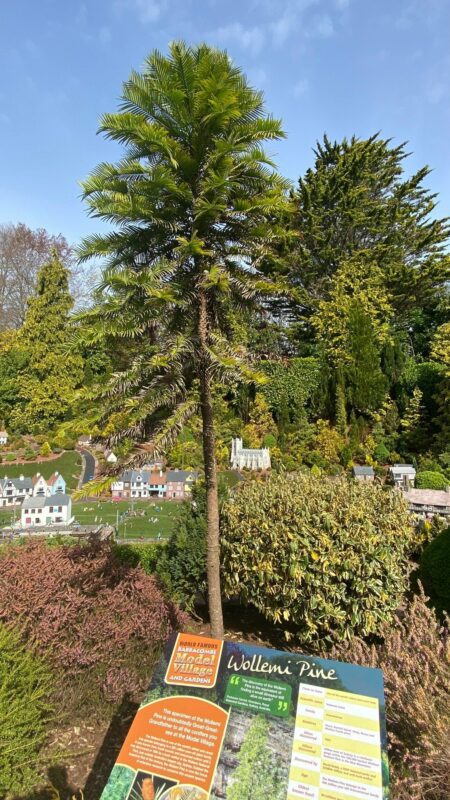
Devon Railway Centre is the home of the oldest working steam locomotive in Devon. This unique locomotive is called Rebecca and was built in 1912. Well worth a visit!
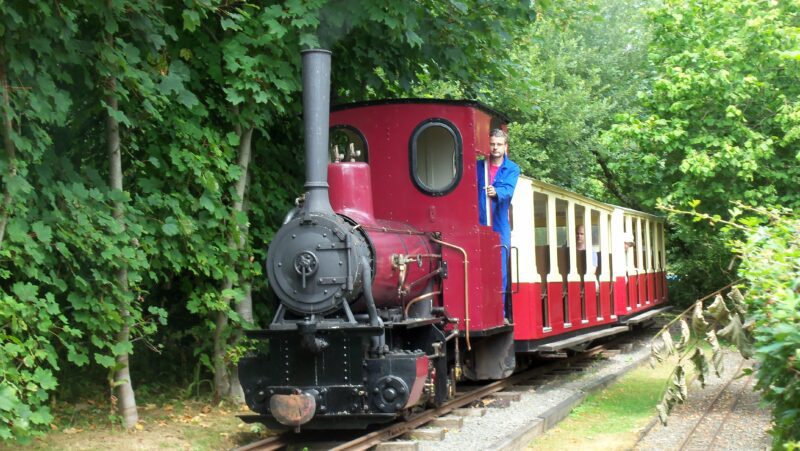
When you visit any one of the above attractions, why not see if you can find their ‘hidden treasure?’
